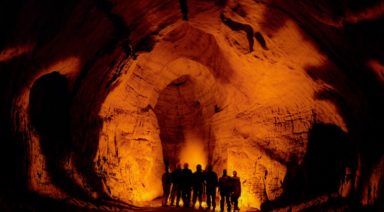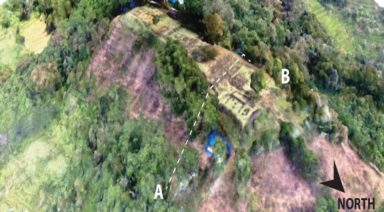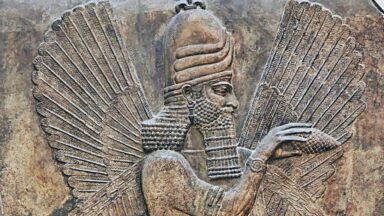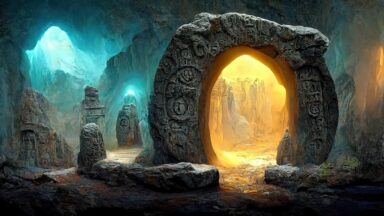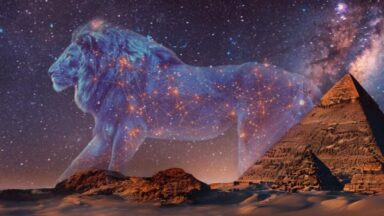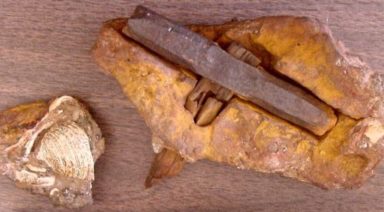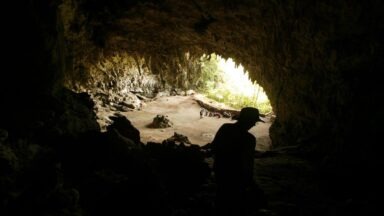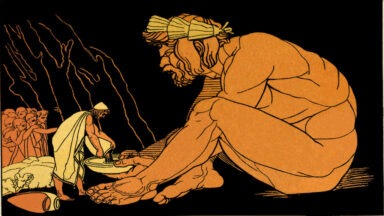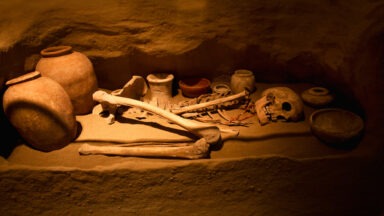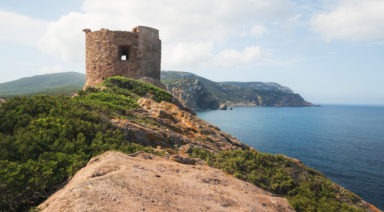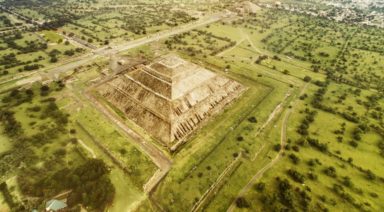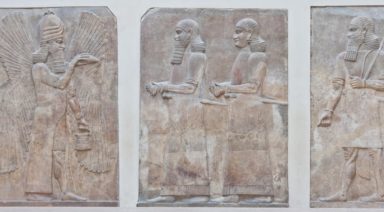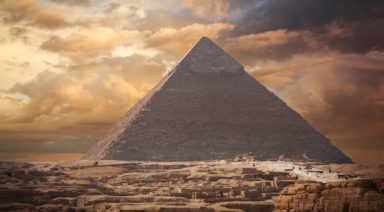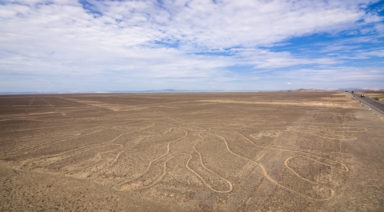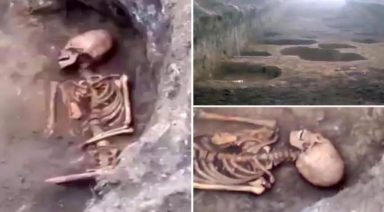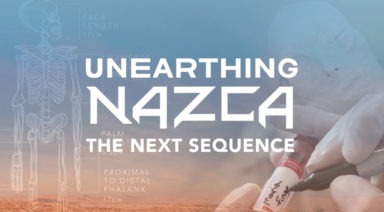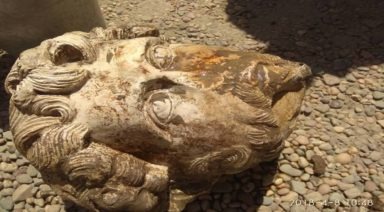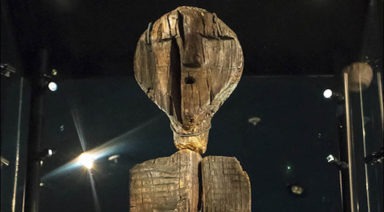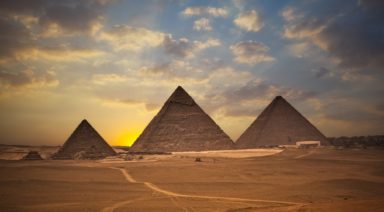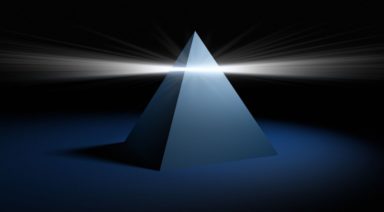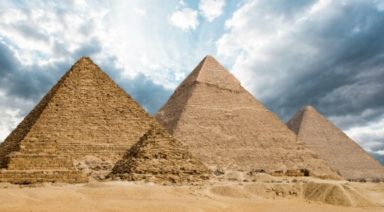Decoding the Actual Age of the Great Sphinx
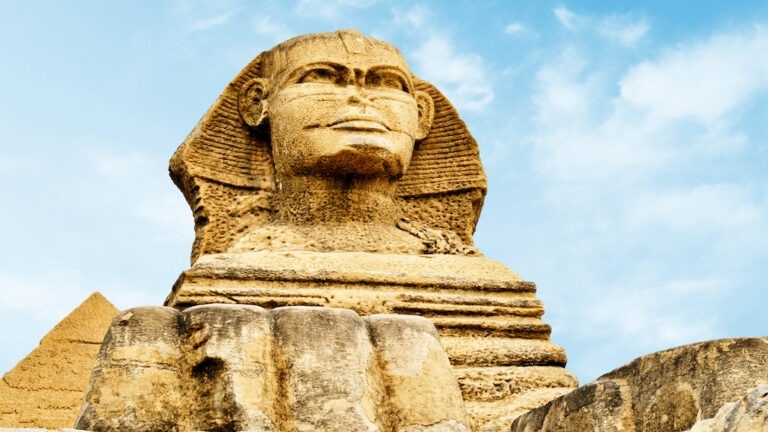
The Great Sphinx of Giza is widely believed to be around 4,500 years old, constructed during the reign of Pharaoh Khafre around 2500 BCE. But some researchers argue it could be far older, even 10,000 to 12,000 years old, based on geological signs of water erosion and other conflicting evidence. This ongoing debate challenges the accepted history of Egypt and the origins of human civilization.
Posing as a sentinel on the Giza plateau is the weathered and colossal figure that stands 66 feet above the desert sand, the Great Sphinx, a limestone sculpture with the head of a lion and the body of a human. While we now know much about the history and mythology of the ancient Egyptians, the mystery of the Sphinx has yet to be truly unraveled.
An ongoing battle between mainstream Egyptologists and a more recent wave of independent thinkers debates the age of the Sphinx by thousands of years. The latter insists the imposing limestone statue is much older than mainstream archaeologists, and Egyptologists claim it to be.
Mainstream archaeologists determined the Sphinx to have been built between 2558 and 2532 BCE. But in 1992, John Anthony West rocked the scientific community with his claim that the Sphinx was actually carved 10,000 years earlier before Egypt was a desert. West and others argued that academia had overlooked an important detail—the body of the sculpture bore distinct markings of water erosion.
After his assessment of the Sphinx’s age, West found fellow scientists who shared his observation about uncovering an entirely different history than was commonly accepted. West’s search led him to Robert Schoch, a geology professor at Boston University, willing to pursue an open-minded, out-of-the-box investigation into the origins not only of the Sphinx but the entire region, as well as its implications for the origin of the human species.
In Gaia’s original series, Ancient Civilizations, Schoch explains his first encounter with the figure in 1990, at which time he immediately noticed there was a disconnect between the statue’s academically accepted date of origin and the truth staring him in the face. Upon careful inspection, Schoch realized the Sphinx survived intensely wet weather conditions that stand in stark contrast to the now hyper-arid conditions of the Sahara Desert.
Schoch concluded that academia had determined the Sphinx’s age by overlooking signs of erosion due to heavy rainfall. The deluge that eroded the Sphinx was uncommon to the Egyptian plateau 5,000 years ago, but very common 10,000 to 12,000 years ago. For Schoch, this was an exciting find, but for mainstream science, it was met with derision and denial.
How Old is the Sphinx Really?
According to the research of Manichev and Parkhomenko, “large bodies of water” partially flooded the Sphinx monument, creating “wave cut-out hollows on its vertical walls.” One erosion mark, in particular, appears in a large hollow of the Sphinx and corresponds to the water level of the early Pleistocene Age. From such evidence, geologists concluded that the statue was already standing on the Giza Plateau by that time, long before Egypt’s desert climate took hold. This interpretation challenges the conventional dating of the Sphinx to around 2500 BCE and suggests it may have existed tens or even hundreds of thousands of years earlier, during a period when the Giza region may have been submerged or exposed to long-term water erosion.
Astoundingly, they also made the claim that the Sphinx could be up to 800,000 years old, dating back to a time when the Mediterranean Sea extended all the way south into Egypt and onto the Giza Plateau. This theory, though highly controversial, presents the most extreme alternative to the mainstream view that places the Sphinx’s construction around 2500 BCE, during the reign of Pharaoh Khafre. According to Manichev and Parkhomenko:
- Distinct erosion patterns: specifically wave-cut hollows, suggest the monument was partially submerged by seawater.
- Dating to the Pleistocene epoch: these formations imply the Sphinx existed long before Egypt’s desert climate.
- If accurate: the Sphinx’s origin could predate not only dynastic Egypt but even the 10,000–12,000-year estimates proposed by other geological researchers like Robert Schoch.
But Andrew Collins suggests that, while this rock formation may have been kissed by the Mediterranean Sea, the actual statue may have been carved out of it at a much later date. In short, the rock is ancient, but the statue is relatively less so.
In 1991, Professor Schoch scientifically dated the Sphinx to thousands of years prior to the time of the Egyptian pharaohs, having been constructed at the end of the last ice age. This places the statue at a time when the Saharan region was much more humid, lush with plant and animal life, and subject to persistent rainfall. And despite constant criticism from mainstream archeologists, he’s held his ground, showing seismic data of the region which suggests the Sphinx’s origin may be more accurately placed at 10,000 B.C.E.
The Debate Heats Up
Researcher Graham Hancock also weighs in on the Sphinx’s age, noting that the statue appears to have been exposed to roughly a thousand years of sustained, heavy rainfall. Since the Giza Plateau has not experienced such climatic conditions since the end of the last Ice Age, Hancock argues that the Sphinx should be dated to at least 12,500 years ago, significantly earlier than the mainstream estimate of 2500 BCE.
Egyptian-born writer and engineer Robert Bauval famously argued that there are no inscriptions on the Sphinx “either carved on a wall or a stela or written on the throngs of papyri that associates” the statue with the time period of the pharaohs of ancient Egypt as we know them.
As it has throughout history, the Sphinx continues to be restored from ongoing erosion and remains one of the most enigmatic and iconic monuments of the ancient world. Yet despite growing geological and historical challenges to the conventional timeline, mainstream Egyptologists largely resist reexamining its true origin, a shift that could fundamentally alter long-standing narratives about ancient civilization. The implications of such a change are significant:
- Some believe accepting an older origin would upend everything we think we know about ancient history.
- For now, the mainstream timeline remains firmly in place, despite mounting evidence to the contrary.
Rethinking the Origins of the Sphinx
The Great Sphinx continues to inspire both awe and debate. Whether carved 4,500 years ago under Pharaoh Khafre or standing long before recorded history, the questions surrounding its age challenge us to look beyond accepted narratives. As new evidence and alternative theories emerge, the Sphinx may yet reveal secrets that reshape our understanding of ancient civilization.
An Ancient Psychedelic Brew & Metal Found in an Elongated Skull

Did ancient Peruvian leaders use hallucinogens to keep their followers in line? And do an ancient elongated skull show evidence of an advanced metal surgical implant or is it just a hoax?
Archaeologists studying the Wari people in the southern Peruvian town of Quilcapampa have found hallucinogenic “vilca” seeds in a recent dig. Writing in the journal Antiquity, the researchers point out they found 16 vilca seeds in an ancient alcoholic drink called “Chicha de Molle,” in an area believed to be used for feasting.
The Wari people lived in this area from about 500 to 1,000 A.D. Their reverence for the psychotropic vilca seed has been found in images at other Wari sites, this is the first find of the actual seeds. What is particularly interesting to the archaeologists is the role of ancient hallucinogens and their influence on social interactions.
The vilca seeds would have come from tropical woodlands on the eastern side of the Andes, a complex trade network would have to be in place to even get them. And adding the vilca seeds with the alcoholic drink would increase the intensity of a psychedelic trip.
That trip would be seen as a journey to the spirit world, and Wari leaderships’ control over the substance led to control over their followers who wanted it. Researchers argue in their paper, “[T]he vilca-infused brew brought people together in a shared psychotropic experience while ensuring the privileged position of Wari leaders within the social hierarchy as the providers of the hallucinogen.”
Work continues at the dig site at Quilcapampa, and researchers plan to test where the ancient vilca seeds came from – so they can figure out the rest of the ancient trade routes.




